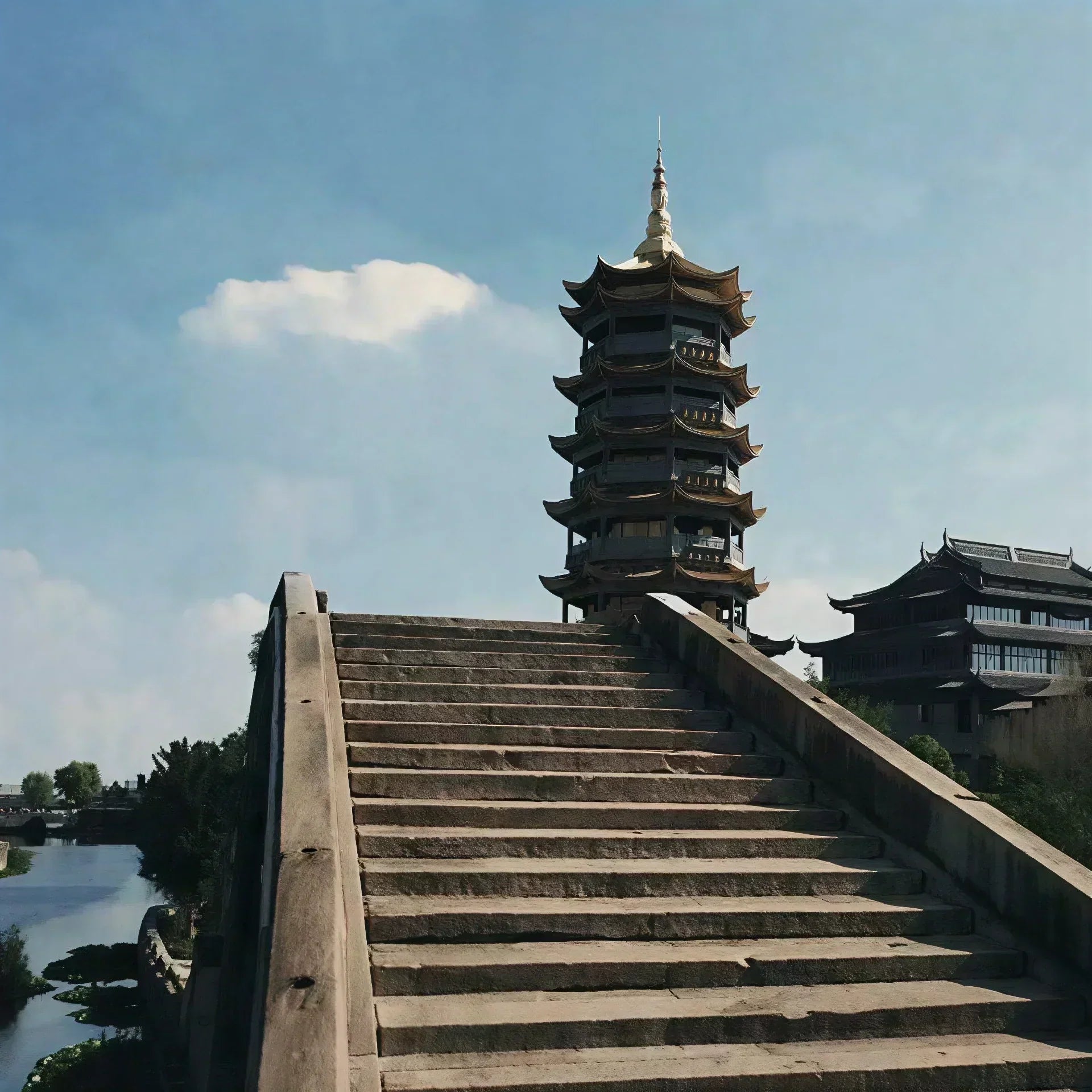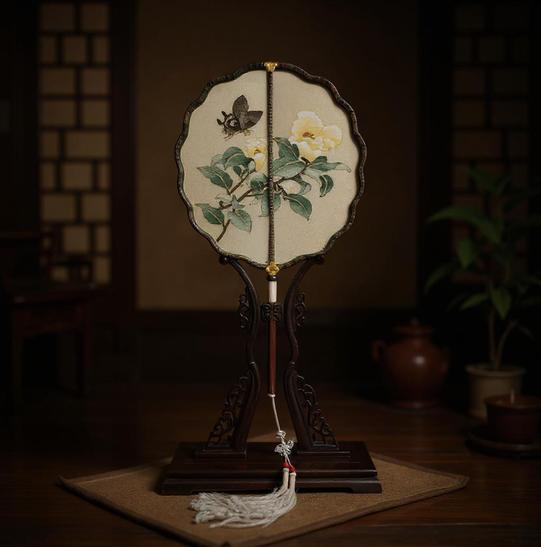The Grand Canal, a thousand-year-old canal, flows through Jiangsu, nourishing its cities and civilizations. From north to south, the canal passes through Xuzhou, Huai'an, Yangzhou, Zhenjiang, Wuxi, Suzhou, and other cities, connecting their economies and cultures. Every city along its banks is vibrant because of the canal and thrives thanks to water transportation.
In Yangzhou, salt merchant culture intertwined with garden art, leaving behind the poetic scene of "Yangzhou in March amidst fireworks." In Suzhou, boats sail through the alleys, accompanied by the melodious sound of stringed instruments, weave the gentle elegance of Jiangnan life. And in Huai'an, the canal has nurtured the unique Huaiyang cuisine, preserving its millennia-old flavors to this day.
The Jiangsu Grand Canal is more than just a transportation route; it is a cultural corridor. It carries the prosperity of commerce and the inspiration and passion of literati. Today, this ancient river continues to thrive, allowing the cultural atmosphere of the ancient city to shine with new brilliance in the new era.
千年大运河,流经江苏大地,滋养了这里的城市与文明。从北到南,运河穿越徐州、淮安、扬州、镇江、无锡、苏州等地,一路串联起经济与文化的脉络。沿岸的每一座城市,都因运河而生机盎然,也因水运而兴盛。
在扬州,盐商文化与园林艺术交织,留下了“烟花三月下扬州”的诗意画卷;在苏州,船行小巷、丝竹悠扬,织就了江南人家的温婉与雅致;而在淮安,运河孕育了独特的淮扬菜系,将千年味道传承至今。
江苏大运河不仅是一条运输线,更是一条文化走廊。它承载着商贸往来的繁华,也承载着文人墨客的灵思与情感。在今天,这条古老的河流依然延续着它的生命力,让古城的文化气息在新时代焕发新的光彩。











